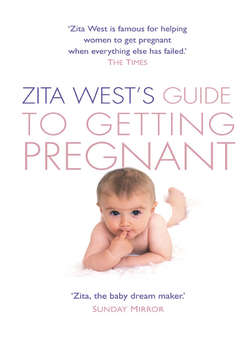Читать книгу Zita West’s Guide to Getting Pregnant - Zita WEST, Zita West - Страница 31
Oestrogen and Signs of Fertility
ОглавлениеThe term ‘oestrogen’ actually refers to a group of hormones that stimulate growth and strengthen tissues. Oestrogen is needed to build up the lining of the uterus so that it can nourish and sustain the fertilized egg, ensuring implantation – a crucial part of conception. When we are talking about fertility, the kind of oestrogen we are referring to is called oestradiol. Oestrogen is produced by the developing ovarian follicles and later, in increasing amounts, by the dominant follicle before the egg is released at ovulation.
Oestrogen has many roles:
• It signals the release of LH (luteinizing hormone), needed to trigger ovulation.
• It is needed to build up the endometrium (lining of the womb) so that a fertilized egg can find nourishment and implant successfully.
• It stimulates the production of cervical secretions, which are essential for the sperm to travel through the cervix to the Fallopian tube where an egg may be fertilized.
• It causes the cervix to soften and open, making it easier for the sperm to enter the womb and reach the Fallopian tube for possible fertilization of an egg.
Some of the signs of increased oestrogen levels, such as the amount and quality of cervical secretions, and cervical position, can be easily noticed. These signs offer some of the best indicators of your fertility status. Observing and recording your cervical secretions are vital to assessing fertility, and the optimum time for intercourse, in order to conceive (see page 21).
